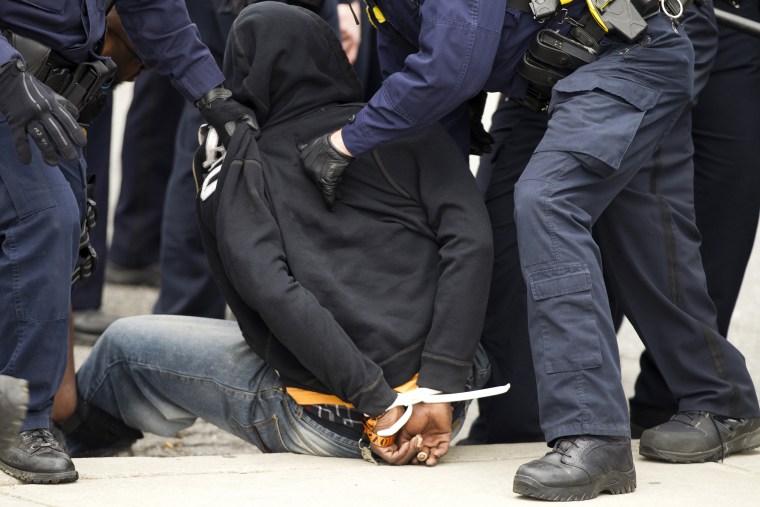All 50 states and the District of Columbia have failed to comply with international standards on police use of lethal force, according to a report released by Amnesty International on Thursday.
According to the study, more than 10 states do not comply with constitutional standards of lethal force and 20 states including Mississippi, New York and California, give citizens permission to use lethal force if they are assisting an officer with arrest. Additionally, there are no provisions anywhere in the United States that establish accountability for the use of lethal force.
International law only permits use of deadly force by police officers as a last resort and in the event officers must protect themselves from death or serious injury.
The report, Deadly Force: Police Use of Lethal Force In The United States, however argues that police often consider the use of force to be “a normal part” of protocol, rather than “the exception.” Amnesty International’s data looks mainly at police use of firearms, or what they call “a weapon designed to kill,” including the number of shots fired. Michael Brown, who was black and unarmed, was shot six times.
“Reform is needed and it is needed immediately,” Steven W. Hawkins, executive director of Amnesty International, said. “Lives are at stake.”
According to the report, African Americans — represented at 13 percent of the U.S. population — make up 27 percent of those killed by law enforcement. Amnesty Researcher Justin Mazzola said data was severely limited due to the lack of data on police shootings.
With the release of their report, Amnesty International is calling for the Department of Justice to collect and publish statistics and data on police shootings as well as a new approach to use of force and police officer training in alternatives such as persuasion, negotiation and mediation.
James Pasco, executive director of the National Fraternal Order of Police, criticized the report, telling USA Today: "They are criticizing out of ignorance rather than an informed position,” he said. “They would lead you to believe by inference that the United States operates totally without any controls over use of deadly force which is absolutely untrue."
Ronald Hampton, retired DC Metropolitan police officer and former board member of Amnesty International, served as an officer for more than 20 years and said he is in support of the report and its recommendations.

Hampton said the decision to use deadly force should not rest solely on the police officer holding the trigger. He said there needs to be a legal standard.
“Yes, police departments do have policies, but policies aren’t laws and policies don’t convict police officers who violate policies,” Hampton said. “At most, there might be an administrative action but there’s no criminal action. History would demonstrate to us that very few police officers are prosecuted for shooting citizens in the street.”
Key findings of the report include:
No state limits the use of lethal force to only those situations where there is an imminent threat to life or serious injury to the officer or to others.
- Nine states and the District of Columbia have no laws on use of lethal force.
- Twenty-two states allow for law enforcement officers to kill someone trying to escape from a prison or jail, regardless of whether or not they pose a threat.
- Twenty states allow citizens to use lethal force if they carry out law enforcement activities, such as assisting an officer with an arrest.
